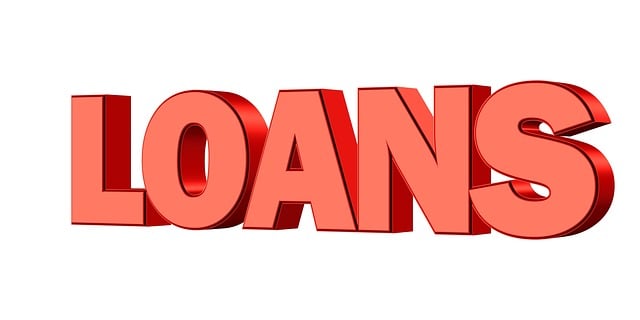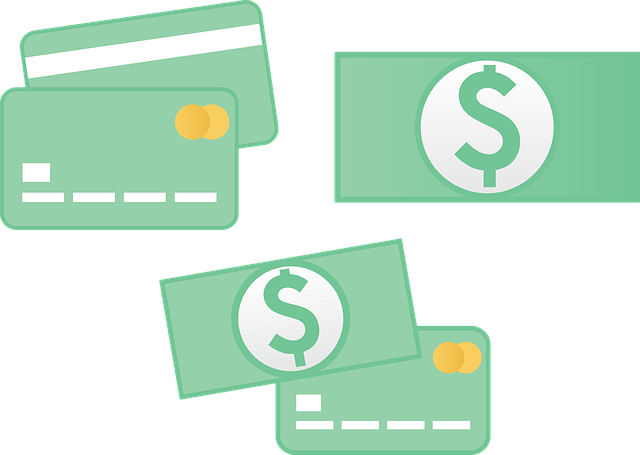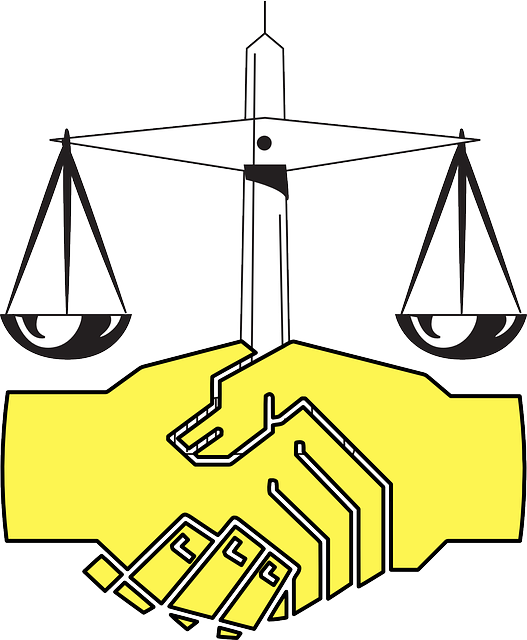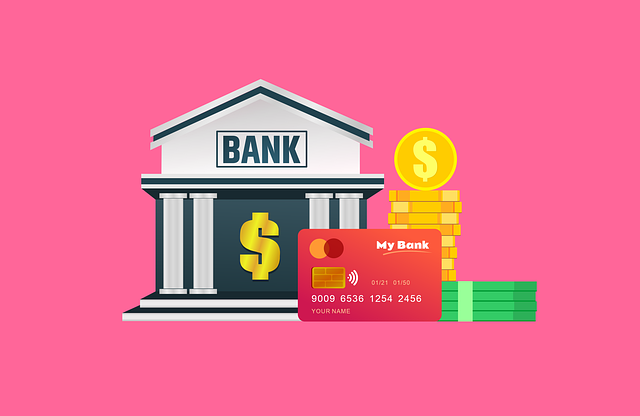In times of financial crisis, high-interest loans can trap borrowers in a cycle of mounting debt. To escape this burden, explore loan consolidation options like financial crisis solutions, including debt reduction plans and emergency debt assistance programs. These strategies offer manageable payments and ease financial strain. Additionally, debt settlement programs negotiate with creditors for reduced balances, providing faster debt elimination. Timing is key; consider refinancing when rates are low or your credit score has improved. These options merge debts into one lower-interest loan, simplifying repayment and potentially freeing up funds for essential needs.
Struggling with high-interest loans? You’re not alone. Many find themselves trapped in a cycle of escalating debt. However, hope isn’t lost! This article explores practical solutions to help you navigate your options and lower those interest rates. From understanding the impact of high-interest loans to investigating loan consolidation options, financial crisis solutions, and even emergency debt assistance, we’ll guide you through strategies to reduce your loan burden. Discover how to choose between debt settlement programs and traditional refinancing for a brighter financial future.
- Understanding High-Interest Loans and Their Impact
- Exploring Loan Consolidation Options: A Comprehensive Look
- Financial Crisis Solutions: When and How to Refinance
- Debt Reduction Plans: Strategies for Lowering Interest Rates
- Emergency Debt Assistance: Quick Fixes for Immediate Relief
- Debt Settlement Programs vs. Traditional Refinancing
Understanding High-Interest Loans and Their Impact

High-interest loans can be a financial burden, often leaving borrowers in a cycle of debt with little hope of escape. These loans, typically characterized by short repayment terms and significantly higher interest rates than traditional financing options, are often sought during times of financial crisis when immediate funding is needed. Unfortunately, the allure of quick cash often overlooks the long-term consequences, such as mounting interest charges that can push borrowers deeper into debt.
In light of this, exploring loan consolidation options becomes a crucial step in addressing high-interest loans and their detrimental impact. Financial crisis solutions like debt reduction plans and emergency debt assistance programs offer a way out, providing borrowers with the chance to reorganize their debts into a single, more manageable payment. Debt settlement programs, another viable option, can help negotiate with creditors for a reduced balance, effectively easing the financial burden and allowing for faster debt elimination.
Exploring Loan Consolidation Options: A Comprehensive Look

Many people struggling with high-interest loans seek financial crisis solutions, and one effective approach is exploring loan consolidation options. This strategy involves combining multiple high-interest debts into a single loan with a lower interest rate, making it easier to manage and potentially reducing monthly payments significantly. By consolidating loans debt, individuals can streamline their repayment process and free up extra cash that was previously allocated to various lenders.
When considering debt reduction plans, it’s essential to investigate both traditional and non-traditional loan consolidation methods. Traditional approaches often involve refinancing through a bank or credit union, while newer programs, such as debt settlement and management companies, offer specialized financial crisis solutions. These companies negotiate with lenders on your behalf, aiming for lower interest rates and more manageable terms. Emergency debt assistance is another option worth exploring, providing immediate support to those in dire straits, though it may come with conditions and fees.
Financial Crisis Solutions: When and How to Refinance

Many people find themselves burdened by high-interest loans during financial crises. Fortunately, Loan Consolidation Options offer a way out. When a borrower faces overwhelming debt, exploring Financial Crisis Solutions can be transformative. One effective strategy is to refinance, which involves securing a new loan with more favorable terms to pay off existing debts. This not only reduces monthly payments but also saves on interest charges over time.
Timing is crucial. Borrowers should consider refinancing when interest rates are low or when they have improved their credit score since taking out the initial loan. Debt Reduction Plans, including Emergency Debt Assistance and Debt Settlement Programs, can guide individuals through this process. By consolidating multiple debts into one loan with a lower interest rate, borrowers can simplify repayment and potentially free up funds for other essential needs.
Debt Reduction Plans: Strategies for Lowering Interest Rates

Many people facing high-interest loan payments often wonder if there’s a way to reduce their financial burden. One effective strategy is exploring loan consolidation options. By combining multiple loans into one, individuals can potentially secure a lower interest rate, making future payments more manageable. This is especially beneficial during times of economic hardship or when facing emergency debt assistance needs.
Implementing debt reduction plans doesn’t always require a settlement program or complete restructuring. Refinancing through consolidation can offer significant savings over time. It’s crucial to understand the various methods available, such as federal student aid programs or private lender initiatives, which often provide solutions tailored to different types of loans and individual financial crises.
Emergency Debt Assistance: Quick Fixes for Immediate Relief

For those grappling with high-interest loans and facing a financial crisis, emergency debt assistance can provide much-needed relief. Quick fix solutions like loan consolidation options or debt settlement programs allow individuals to merge multiple high-interest debts into one manageable payment, significantly reducing monthly expenses. These financial crisis solutions not only simplify repayment but also offer the potential for substantial savings over time.
Debt reduction plans tailored by professionals can help borrowers navigate complex repayment strategies and negotiate with lenders on their behalf. This approach may include loan debt consolidation, where high-interest loans are consolidated into a single lower-interest loan, offering easier terms and potentially lower overall interest paid. By exploring these emergency debt assistance options, individuals can break free from the cycle of high-interest debt and regain control of their financial well-being.
Debt Settlement Programs vs. Traditional Refinancing

Many individuals facing high-interest loan burdens often wonder if there’s a way out. Two common paths to explore are loan consolidation options and debt settlement programs. Traditional refinancing involves taking out a new loan with a lower interest rate to pay off your existing debts, offering immediate relief but potentially leaving you tied to the lender for years. On the other hand, debt settlement programs negotiate with lenders for a reduced payoff amount, providing faster debt elimination but may carry financial penalties and affect your credit score.
While loans debt consolidation can be effective during financial crises solutions, it’s crucial to understand the differences. Debt reduction plans offered by reputable organizations can give you more control over your repayment terms and help manage emergency debt assistance. However, choosing between these options depends on individual circumstances, including creditworthiness, loan types, and available funds, requiring careful consideration before making a decision.







